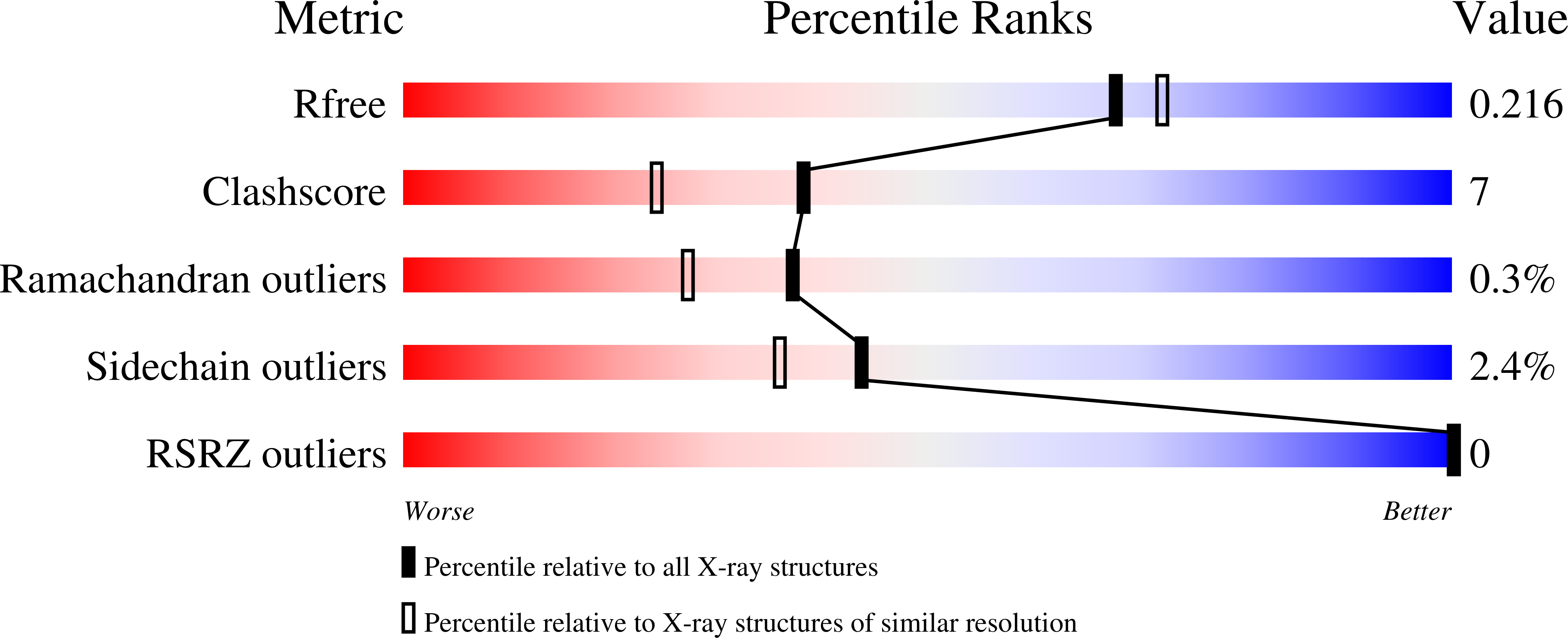
Deposition Date
2024-12-12
Release Date
2025-10-22
Last Version Date
2025-10-29
Entry Detail
PDB ID:
9MHQ
Keywords:
Title:
G169V variant of Streptomyces coelicolor coproheme decarboxylase in complex with Monovinyl, Monopropionate Deuteroheme
Biological Source:
Source Organism:
Streptomyces coelicolor (Taxon ID: 1902)
Host Organism:
Method Details:
Experimental Method:
Resolution:
1.97 Å
R-Value Free:
0.21
R-Value Work:
0.18
R-Value Observed:
0.19
Space Group:
P 63


